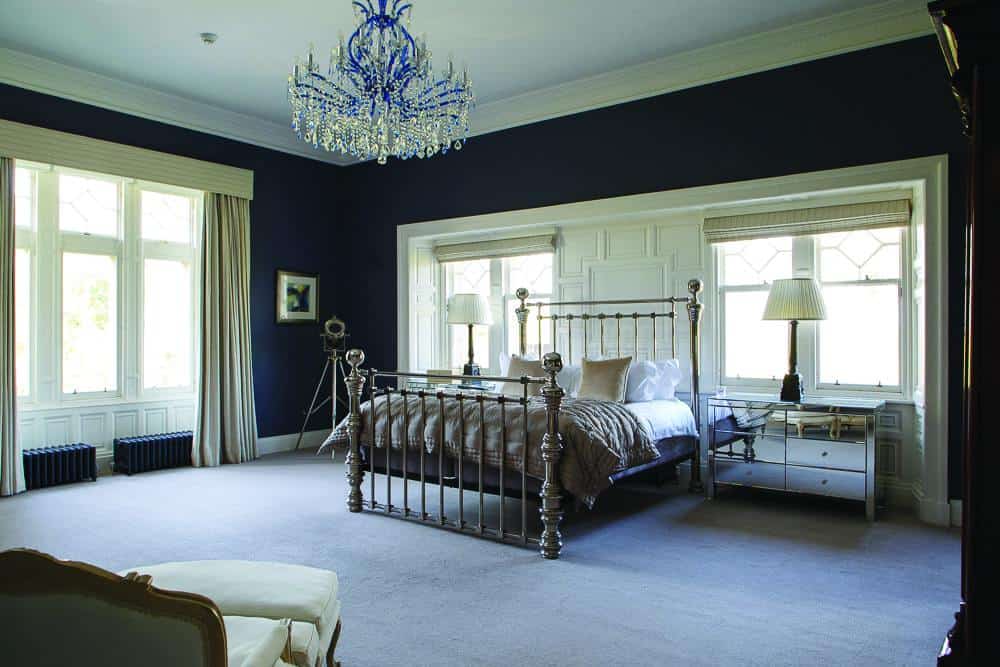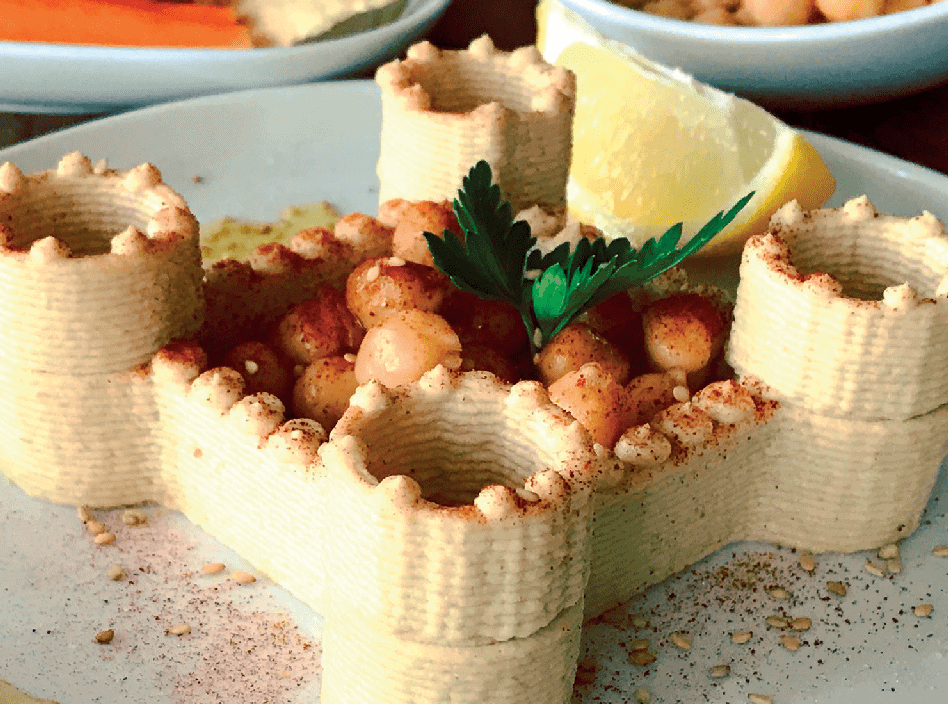
Latest Design Fads For Guest Bedrooms
With the hotel industry booming and UK-based hotels continuing to capitalise on the rise of ‘staycations,’ competition is fiercer than ever. Not only this, but due to rising entries into the market of ‘room letting websites’ such as AirBnB, which offer a cheaper alternative to the traditional hotel room, many hotels are focusing on turning their guestrooms into affordable luxury havens in a bid to tempt travellers away from cheaper offerings.
Vision Support Services, the leading supplier of specialist, luxury and performance textiles to the global accommodation market holds its annual Hilden Style Awards every year. These awards seek to find stylish boutique and independent hotels, B&Bs and restaurants across the UK. Jenny Dixon, manager of the awards says, “Our Hilden Style Awards put us in a great position to see what’s trending in the industry in terms of guestroom design. On top of this, our knowledge as a textiles company also means we are further in a unique position to be able to offer advice for trends in soft furnishings and linens.”
Jenny continues; “All of this information goes into creating our annual Style Guide, which showcases all the latest interior trends from this particular section of the market.”
Here, Jenny talks us through the latest design fads for guestroom style:
Feature beds
In a bid to entice visitors and guests, many hoteliers are now focusing on making the bed the focal point of the room. This makes perfect sense as the bed is often the first thing you notice or look at when entering a hotel room.
Hoteliers have cottoned on to this and know it’s about making the bed look as comfy as possible. For example, one of the key things we have noticed this year is that the amount of pillows placed on the guest bed has increased, hotels now use an average of five to seven pillows to bulk up their beds and appeal to guests. Many establishments have also started to incorporate pillow menus as a way to impress the guests, offering them a range of natural and synthetic pillows to not only cater to allergy sufferers, but to ensure they are as comfy and relaxed as possible.
This year we’ve also seen an increase in the request for luxury linen (300 thread count and above) as hoteliers look to offer guests a sumptuous night’s sleep. Whilst white is still the most popular colour, we have noticed that the more boutique and independent establishments tend to be a bit more experimental, adding different textures or splashes of colours to their beds – for example, in the use of throws and cushions.
In the era of TripAdvisor hoteliers now know how important it is to create a bed that really offers a luxury experience for the guest. It doesn’t only have to feel luxurious and sumptuous, but it has to look it to – especially important for the younger generation who live on photo sharing apps such as Instagram, Snapchat and Pinterest.
Colours
From our Style Awards we can get a sense of what is really trending in hospitality interior colour schemes. This year we have noticed a big come back for more neutral colours like whites and beiges – offering a ‘clean’ look favoured by guests. But we’ve also seen an emergence in blues, greys and light greys especially mixed with a white palette which gives a more opulent feel.
On the opposite end of the spectrum, we’ve also seen from our entries that hotels are starting to use more vibrant colours such as rich purples and even deep pinks. Again, this is due to the more boutique establishments wanting to offer guests a completely different and richer experience away from the ‘norm’.
Blurred lines
In our Hilden Style Guide, the bible for hospitality design trends for 2016, we also point out that hotels and B&Bs are now getting extra savvy with space. Most now realise that the traditional room set up of a bed and a desk/chair is now obsolete. Those working away from the office now have mobile means of working and no longer require to physically sit at a desk with a laptop or pen/paper.
As such, hoteliers are now taking out this now archaic form of furniture in a bid to make the room look more modern and spacious. This allows the designers to play with the space a lot more, with starting to blur the lines between bathrooms and bedrooms. Lots of luxury hoteliers are now bringing bath tubs into the main guestroom to add a completely different dynamic to the room, and even the bath tub can’t escape a style overhaul, with chrome and antique baths leading the way in guestroom/bathroom renovation.
Clashing styles and eras
Lastly, another key trend we’ve seen over the last 12 months has perhaps taken its stance from the world of fashion. Just as it is fashionable to mix up trends and patterns in clothing, this seems to have now translated to the world of hospitality design. Think conflicting materials and the mixing of different eras – antique combined with modern, metal combined with wood etc. This is especially essential in the boutique sector, where they can be more experimental and quirkier with their sense of style.
For more trends and information on hospitality design for 2016, you can download the Hilden Style Guide by visiting www.hilden.co.uk.



